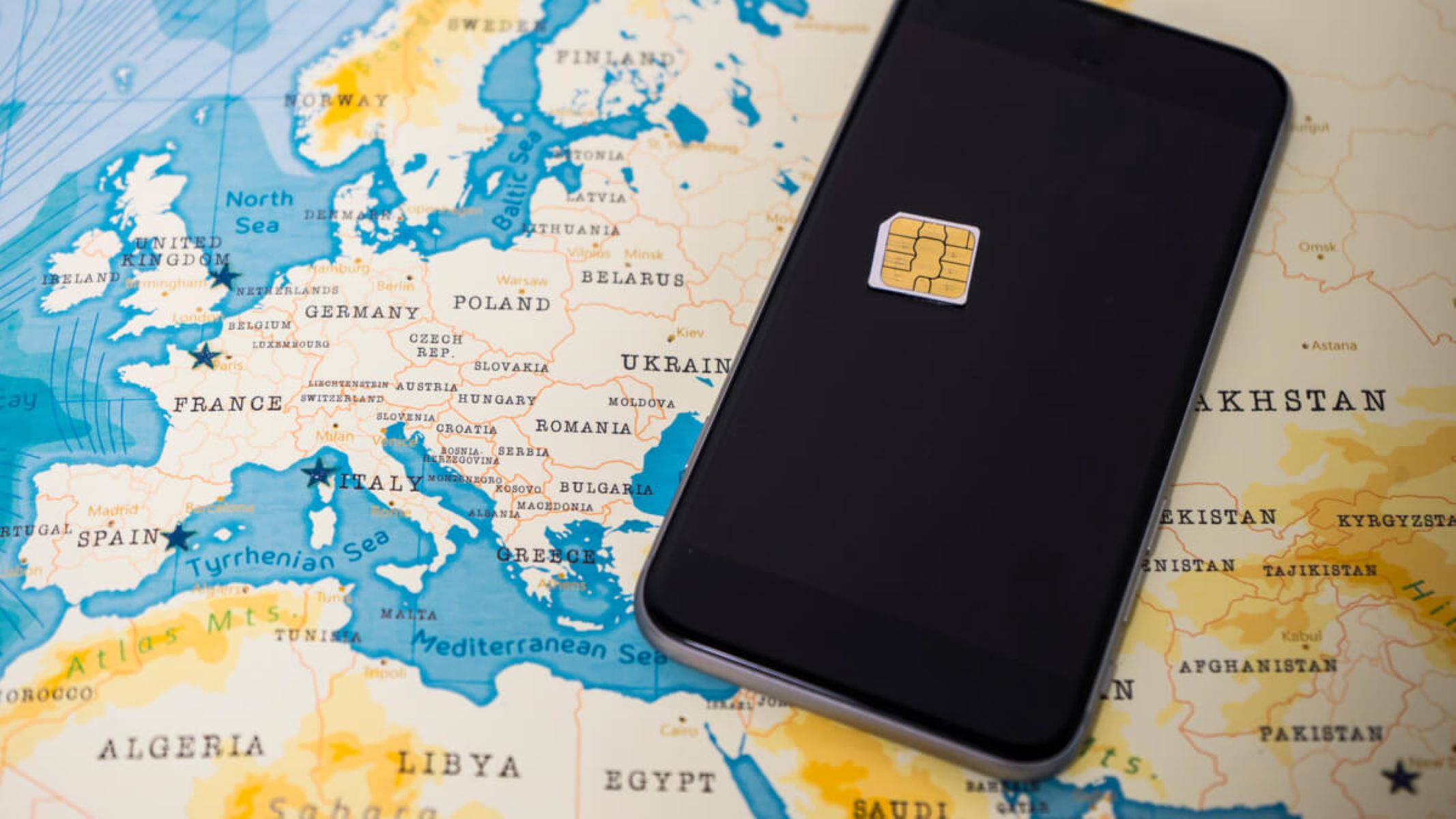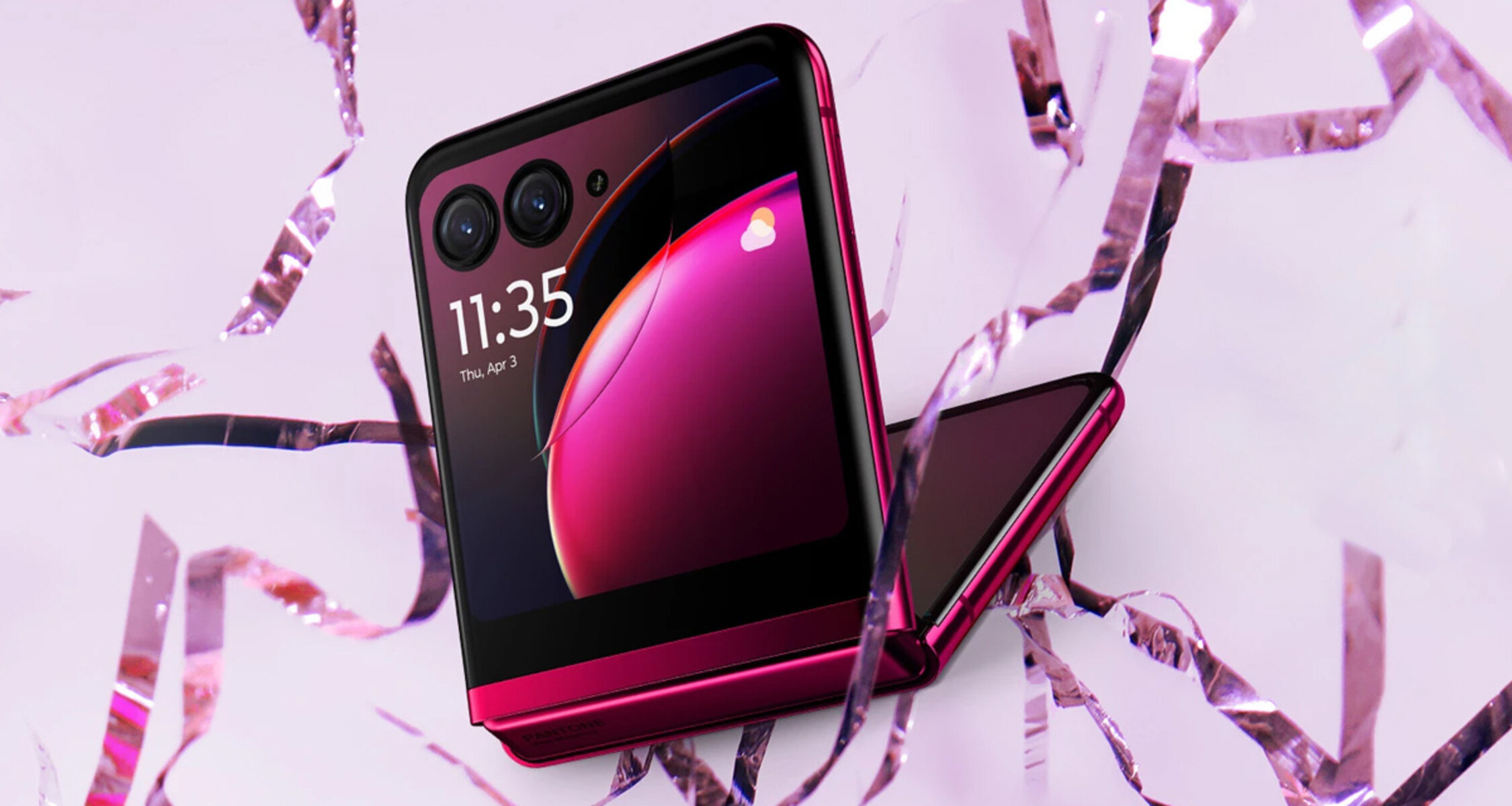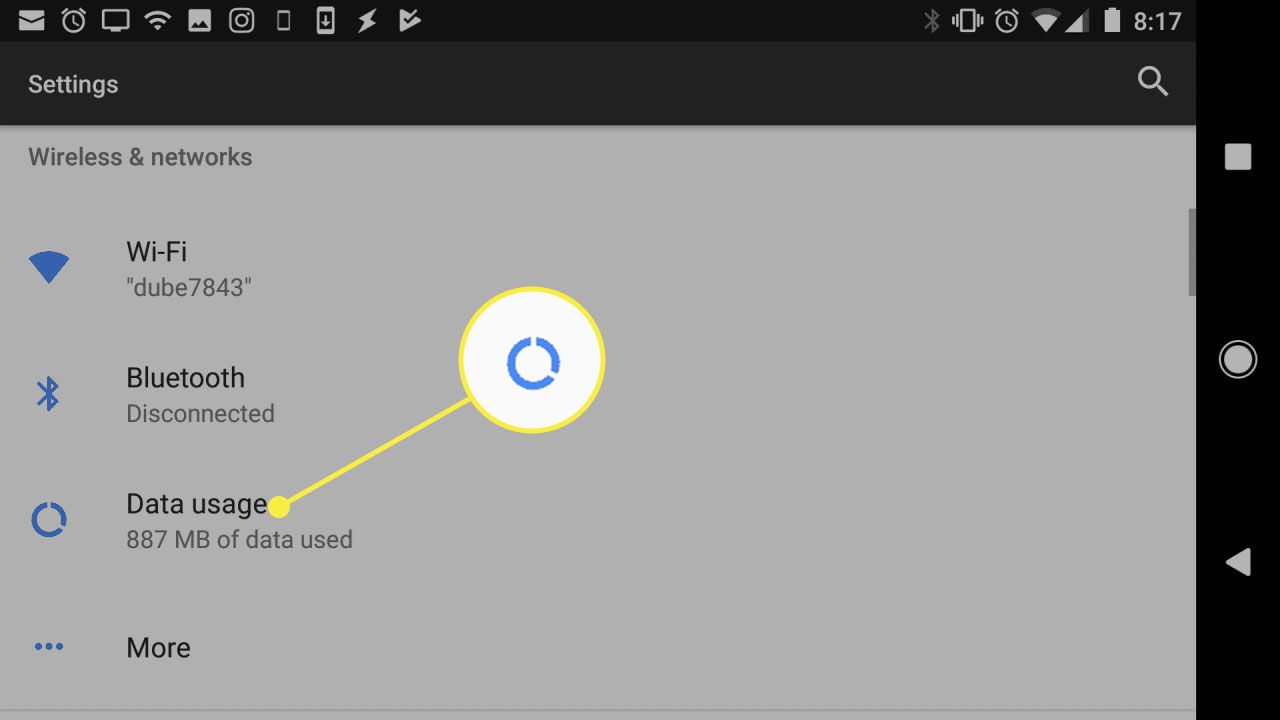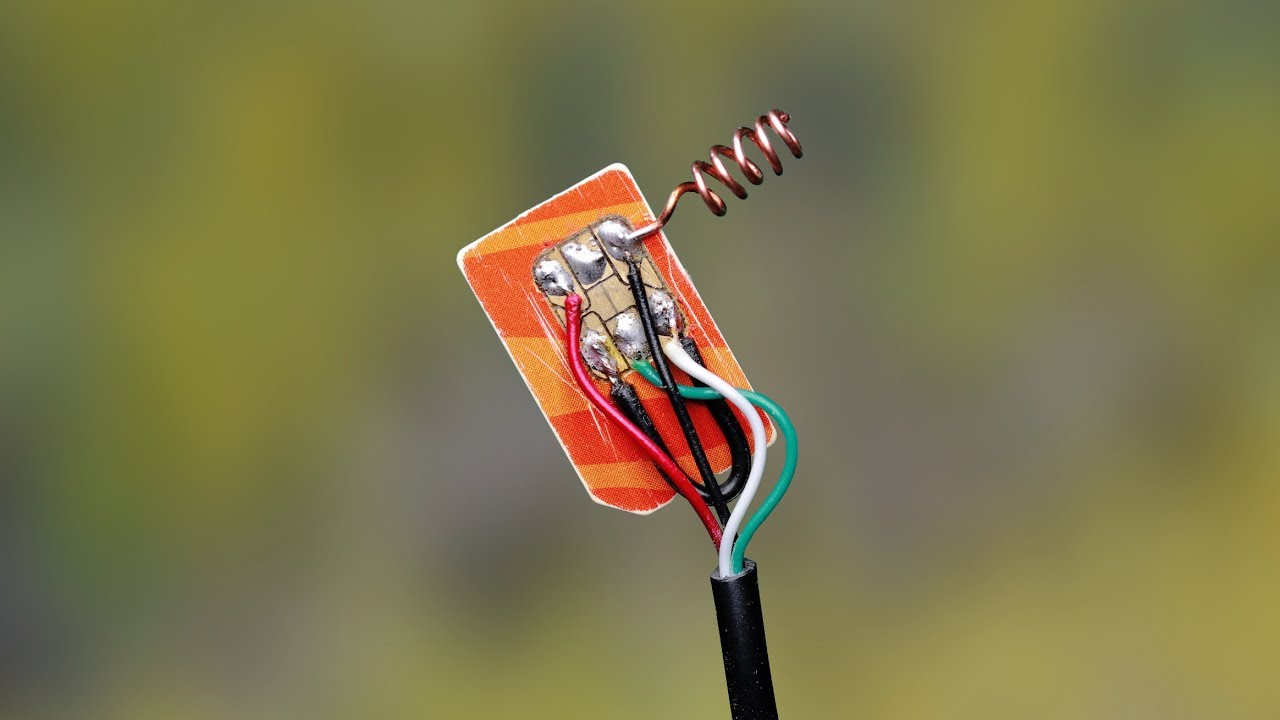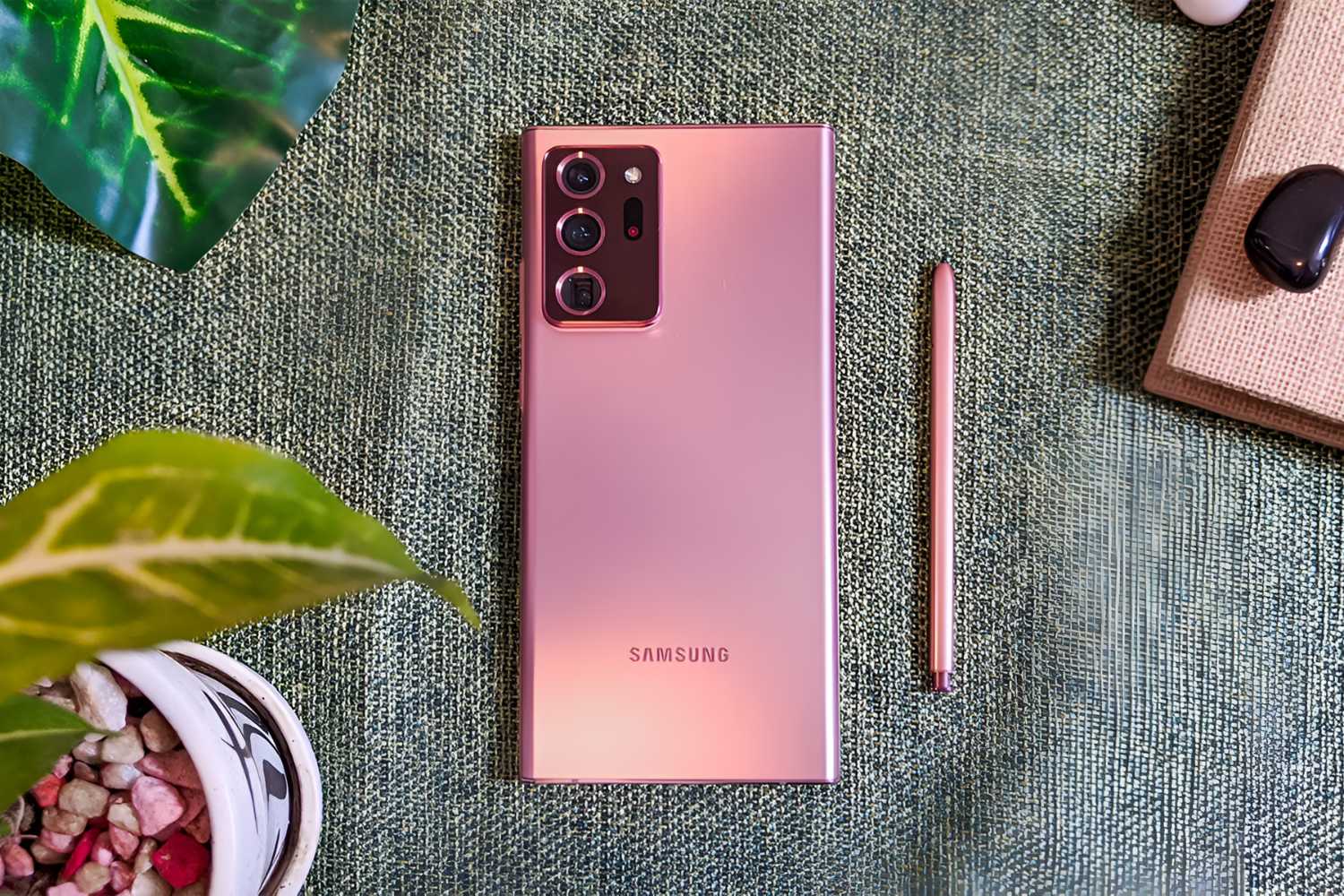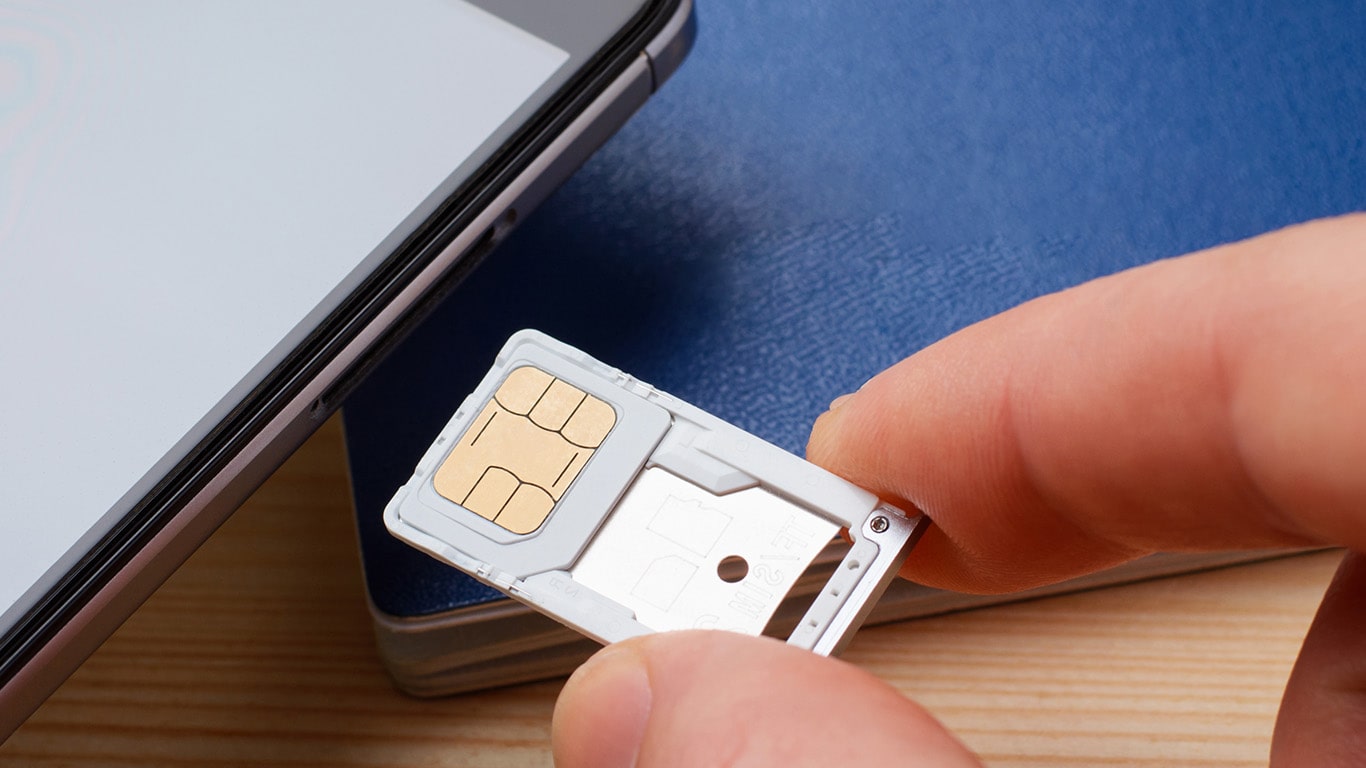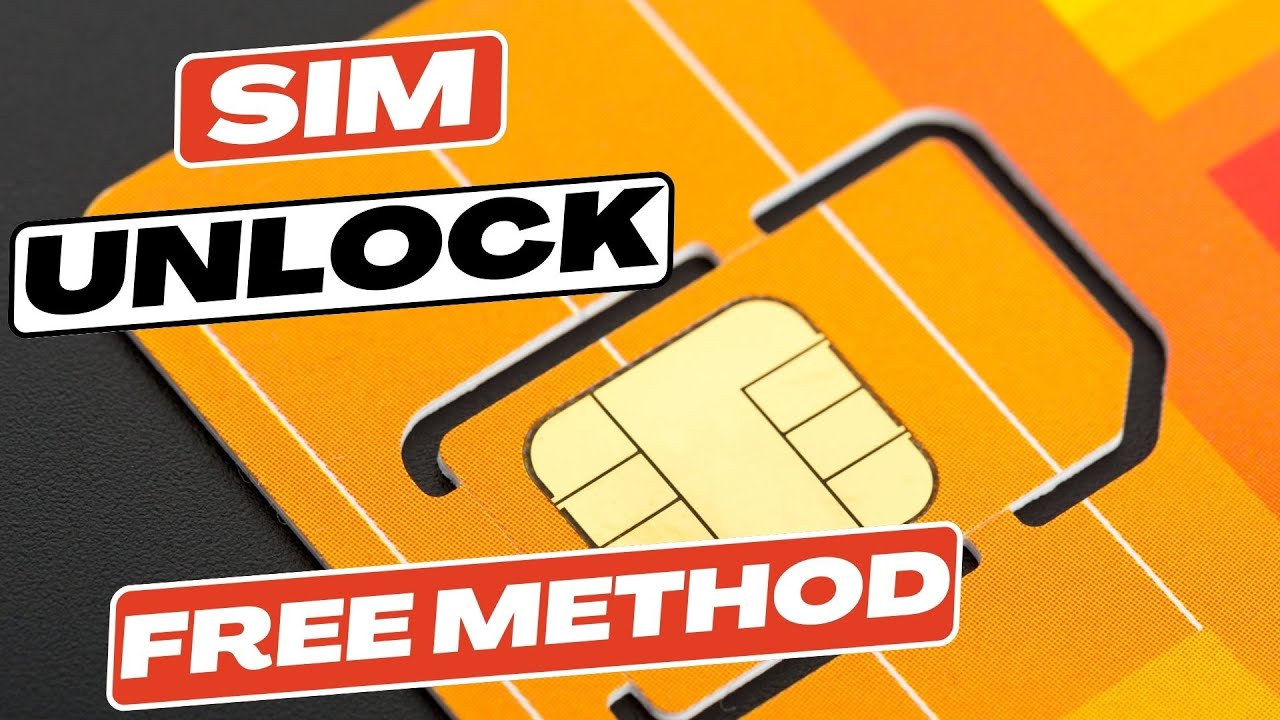Introduction
In today's fast-paced world, mobile devices have become an indispensable part of our daily lives. From staying connected with loved ones to accessing a world of information at our fingertips, the significance of mobile phones cannot be overstated. At the heart of this connectivity lies the Subscriber Identity Module (SIM) card, a small yet powerful component that enables our phones to connect to cellular networks and access voice, text, and data services.
Understanding the functionality and versatility of SIM cards is essential for anyone seeking to optimize their mobile experience. Whether you're a seasoned tech enthusiast or a casual user, knowing how to make the most of your SIM card, including transferring it to another phone, can prove to be incredibly beneficial. This article aims to unravel the intricacies of SIM cards and provide valuable insights into utilizing them across different devices.
As we delve into the world of SIM cards, we'll explore the compatibility of SIM cards with various devices, the process of transferring a SIM card to another phone, and the essential steps for activating it. Additionally, we'll address common troubleshooting issues that users may encounter when dealing with SIM card transfers. By the end of this article, you'll have a comprehensive understanding of how to harness the full potential of your SIM card, empowering you to seamlessly transition it between different mobile devices.
Join us on this enlightening journey as we unlock the secrets of SIM cards and equip you with the knowledge and confidence to leverage this fundamental component of modern mobile communication. Let's embark on this exploration of SIM card utilization, empowering you to make the most of your mobile connectivity.
Understanding SIM Cards
A Subscriber Identity Module (SIM) card is a small, removable card that serves as the linchpin of mobile communication. It is embedded with a unique identification number and contains essential data that enables a mobile device to connect to a cellular network. The SIM card is a compact yet powerful tool that plays a pivotal role in authenticating the user's identity and granting access to voice, text, and data services.
Types of SIM Cards
SIM cards come in various sizes, including the standard SIM, micro-SIM, and nano-SIM. The standard SIM, which was prevalent in older mobile devices, has given way to the smaller micro-SIM and the even more diminutive nano-SIM, which is commonly used in modern smartphones. These different sizes ensure that SIM cards can be compatible with a wide range of mobile devices, catering to the evolving design and form factor requirements of modern technology.
Functionality
The primary function of a SIM card is to store crucial information, such as the International Mobile Subscriber Identity (IMSI) and the authentication key. The IMSI uniquely identifies a subscriber within the network, while the authentication key serves as a security measure to validate the user's identity. Additionally, the SIM card contains personal data, including contacts and text messages, making it a repository of essential information for the user.
Network Authentication
When a mobile device is powered on, the SIM card communicates with the cellular network to authenticate the user's identity. This process involves the exchange of encrypted data between the SIM card and the network, ensuring that only authorized users can access the network's services. The SIM card acts as a secure gateway, validating the user's credentials and enabling seamless connectivity.
Mobile Network Compatibility
SIM cards are designed to be compatible with specific mobile networks, such as GSM or CDMA. Global System for Mobile Communications (GSM) and Code Division Multiple Access (CDMA) are the two primary technologies used in cellular networks, and SIM cards are tailored to work with the respective network infrastructure. Understanding the compatibility of SIM cards with different network technologies is crucial when considering the transfer of a SIM card to another phone.
In essence, SIM cards are the cornerstone of mobile connectivity, providing a secure means of accessing cellular networks and enabling users to stay connected in an increasingly interconnected world. Their versatility, combined with their essential role in network authentication, makes them a vital component of modern mobile communication.
Compatibility of SIM Cards
SIM card compatibility is a critical aspect to consider when it comes to utilizing a SIM card in another phone. The evolution of mobile technology has led to the introduction of various SIM card sizes, each catering to the design requirements of different mobile devices. The standard SIM, micro-SIM, and nano-SIM are the primary variants, with the nano-SIM being the most prevalent in modern smartphones.
Compatibility extends beyond physical dimensions. It also encompasses the technology used by the mobile network. SIM cards are tailored to work with specific network technologies, such as GSM or CDMA. Global System for Mobile Communications (GSM) and Code Division Multiple Access (CDMA) are the two primary technologies, and SIM cards are designed to be compatible with the respective network infrastructure.
When considering transferring a SIM card to another phone, it is essential to ensure that the new device supports the SIM card size and is compatible with the network technology associated with the SIM card. For instance, if the original phone uses a nano-SIM and operates on a GSM network, the new phone must accommodate a nano-SIM and be compatible with GSM technology for seamless functionality.
Furthermore, some phones are designed to support multiple SIM cards, a feature known as dual SIM capability. This allows users to have two active phone numbers on a single device. Understanding the compatibility of SIM cards with dual SIM functionality is crucial when considering transferring a SIM card to such a device.
In summary, SIM card compatibility encompasses both physical dimensions and network technology compatibility. Ensuring that the new phone supports the SIM card size and is compatible with the associated network technology is essential for a smooth transition. By understanding the compatibility requirements, users can confidently transfer their SIM card to another phone, leveraging its full potential across different devices.
Transferring SIM Card to Another Phone
Transferring a SIM card to another phone is a straightforward process that allows users to seamlessly transition their mobile connectivity to a new device. Whether upgrading to a new smartphone, replacing a damaged phone, or simply switching to a different model, transferring a SIM card enables users to retain their existing phone number, contacts, and network services. Here's a detailed guide on how to transfer a SIM card to another phone:
Step 1: Power Off Both Phones
Before initiating the transfer, power off both the current phone (from which the SIM card will be removed) and the new phone (to which the SIM card will be transferred). This ensures a safe and smooth transition without any risk of data corruption or network disruption.
Step 2: Locate the SIM Card Tray
Identify the SIM card tray on both phones. The location of the SIM card tray may vary depending on the phone model. Typically, it is located on the side of the phone or under the back cover. Refer to the user manual or manufacturer's guidelines for precise instructions on locating the SIM card tray for each device.
Step 3: Remove the SIM Card
Carefully eject the SIM card tray from the current phone using the provided tool or a small pin. Gently remove the SIM card from the tray, taking care not to damage the card or the tray. If the new phone requires a different SIM card size, such as a nano-SIM instead of a micro-SIM, a SIM card adapter can be used to ensure compatibility.
Step 4: Insert the SIM Card
Insert the SIM card into the SIM card tray of the new phone, ensuring that it is properly aligned according to the tray's configuration. Once the SIM card is securely placed in the tray, carefully slide the tray back into the phone, making sure it is fully inserted and flush with the device.
Step 5: Power On the New Phone
Power on the new phone and allow it to boot up. Upon activation, the new phone should recognize the transferred SIM card and establish connectivity with the mobile network. It may take a few moments for the network to register the new device, after which the user should have access to voice, text, and data services.
By following these steps, users can effectively transfer their SIM card to another phone, ensuring a seamless transition of their mobile connectivity. This process empowers users to make the most of their SIM card, allowing them to adapt to different devices while retaining their essential network services and personal data.
Activating SIM Card in Another Phone
Activating a SIM card in another phone is a pivotal step in ensuring seamless connectivity and access to mobile services. Once the SIM card has been transferred to the new device, the activation process involves establishing a secure connection with the mobile network, enabling the user to make calls, send messages, and access data services. Here's a detailed guide on how to activate a SIM card in another phone:
Step 1: Power On the New Phone
After transferring the SIM card to the new phone, power on the device and allow it to boot up. The phone will initiate the activation process, detecting the presence of the SIM card and prompting the user to complete the activation steps.
Step 2: Network Registration
Upon powering on the new phone, the SIM card communicates with the mobile network to register the device. The network recognizes the SIM card's unique identification and authenticates the user, allowing the phone to establish a secure connection to the cellular network.
Step 3: Activation Messages
In some cases, the mobile network may send activation messages to the new phone to complete the registration process. These messages typically contain configuration settings and network updates necessary for the phone to access voice, text, and data services seamlessly.
Step 4: Verification and Confirmation
Once the activation messages are received and processed, the phone verifies the network settings and establishes a secure connection with the mobile network. Users may receive a confirmation message indicating that the SIM card has been successfully activated in the new phone.
Step 5: Test Connectivity
To ensure that the SIM card is fully activated and functioning correctly, users can make a test call, send a text message, and access mobile data services. Verifying the connectivity and functionality of the SIM card ensures a smooth activation process and confirms that the new phone is ready for everyday use.
By following these steps, users can effectively activate a SIM card in another phone, enabling them to harness the full potential of their mobile connectivity. This process ensures that the SIM card is seamlessly integrated with the new device, empowering users to stay connected and access essential mobile services without any disruptions.
Troubleshooting Common Issues
When transferring or activating a SIM card in another phone, users may encounter common issues that can hinder the seamless functionality of the SIM card and the new device. It's essential to be aware of these potential challenges and have the troubleshooting knowledge to address them effectively. Here are some common issues and troubleshooting steps to resolve them:
No Network Signal
Issue: After transferring the SIM card to the new phone and activating it, users may encounter a lack of network signal, preventing them from making calls or accessing mobile data.
Troubleshooting Steps:
- Ensure that the SIM card is inserted correctly in the new phone's SIM card tray, with the gold contacts facing down and aligned as per the tray's configuration.
- Check the phone's network settings to ensure that the correct network mode (e.g., 4G/LTE, 3G, 2G) is selected based on the user's network provider and coverage area.
- Restart the phone to refresh the network connection and allow it to re-establish communication with the cellular network.
SIM Card Not Detected
Issue: The new phone fails to detect the transferred SIM card, displaying an error message indicating that no SIM card is present.
Troubleshooting Steps:
- Power off the phone and carefully remove the SIM card from the tray. Inspect the SIM card for any signs of damage or debris, and gently clean the gold contacts using a soft, dry cloth.
- Reinsert the SIM card into the tray, ensuring that it is securely placed and properly aligned. Ensure that the SIM card tray is fully inserted into the phone.
- If the issue persists, try inserting the SIM card into a different phone to determine if the problem lies with the SIM card or the new device.
Activation Failure
Issue: Despite transferring the SIM card and following the activation process, the new phone fails to activate the SIM card, preventing access to mobile services.
Troubleshooting Steps:
- Contact the mobile network provider's customer support to verify that the SIM card is correctly registered and activated on their network.
- Check for any outstanding payments or account issues that may be preventing the activation of the SIM card. Resolving any account-related issues can facilitate the activation process.
- If the SIM card was obtained from a new provider, ensure that the activation process, including the input of any required activation codes, has been completed accurately.
By addressing these common issues through the provided troubleshooting steps, users can overcome potential obstacles when transferring and activating a SIM card in another phone. Effectively troubleshooting these issues ensures a smooth transition and seamless functionality of the SIM card in the new device, allowing users to enjoy uninterrupted mobile connectivity.
Conclusion
In conclusion, the Subscriber Identity Module (SIM) card stands as a fundamental component of mobile communication, enabling users to connect to cellular networks, access voice, text, and data services, and retain essential personal data. Understanding the functionality and versatility of SIM cards is crucial for maximizing their potential across different mobile devices.
The process of transferring a SIM card to another phone involves careful consideration of compatibility, including the physical size of the SIM card and its compatibility with the network technology used by the mobile device. By ensuring that the new phone supports the SIM card size and is compatible with the associated network technology, users can seamlessly transition their mobile connectivity without encountering compatibility issues.
Activating a SIM card in another phone is a pivotal step that establishes a secure connection with the mobile network, allowing users to make calls, send messages, and access data services seamlessly. By following the activation process and verifying the connectivity and functionality of the SIM card, users can ensure that the new phone is ready for everyday use, empowering them to stay connected without any disruptions.
Furthermore, being equipped with troubleshooting knowledge to address common issues such as network signal loss, SIM card detection problems, and activation failures is essential for overcoming potential obstacles when dealing with SIM card transfers. By effectively troubleshooting these issues, users can ensure a smooth transition and seamless functionality of the SIM card in the new device, enabling uninterrupted mobile connectivity.
In essence, the SIM card serves as the gateway to seamless mobile communication, allowing users to adapt to different devices while retaining their essential network services and personal data. By unraveling the intricacies of SIM cards and empowering users with the knowledge to harness their full potential, this article aims to facilitate a seamless and enjoyable mobile experience for all users. Whether navigating the process of transferring a SIM card to a new phone or troubleshooting common issues, understanding the nuances of SIM card utilization is essential for optimizing mobile connectivity.
As mobile technology continues to evolve, the role of SIM cards remains integral, serving as the cornerstone of connectivity in an increasingly interconnected world. By leveraging the insights and guidance provided in this article, users can confidently navigate the realm of SIM card utilization, unlocking the full potential of their mobile communication experience.







